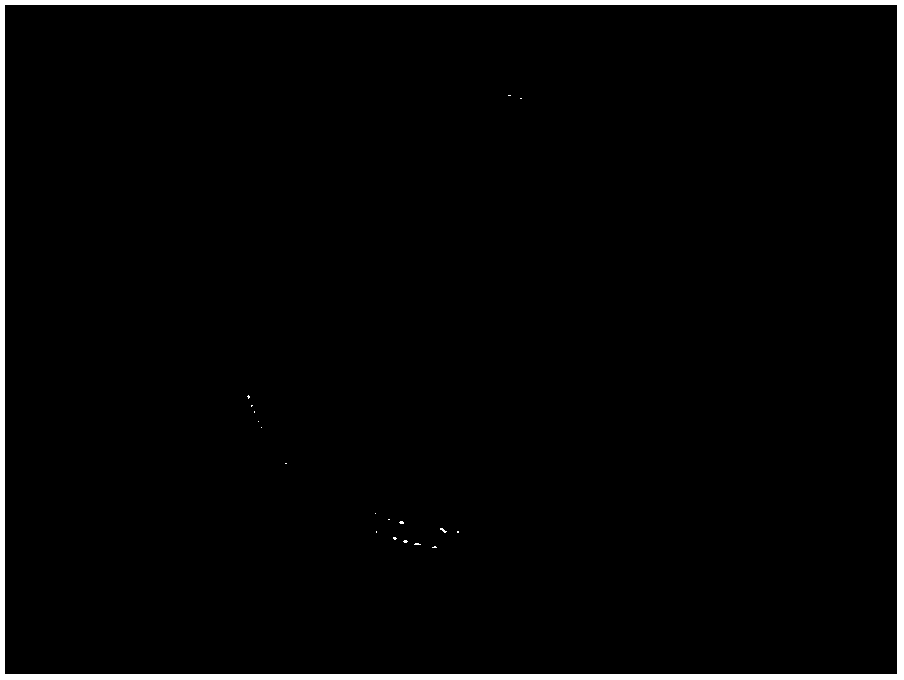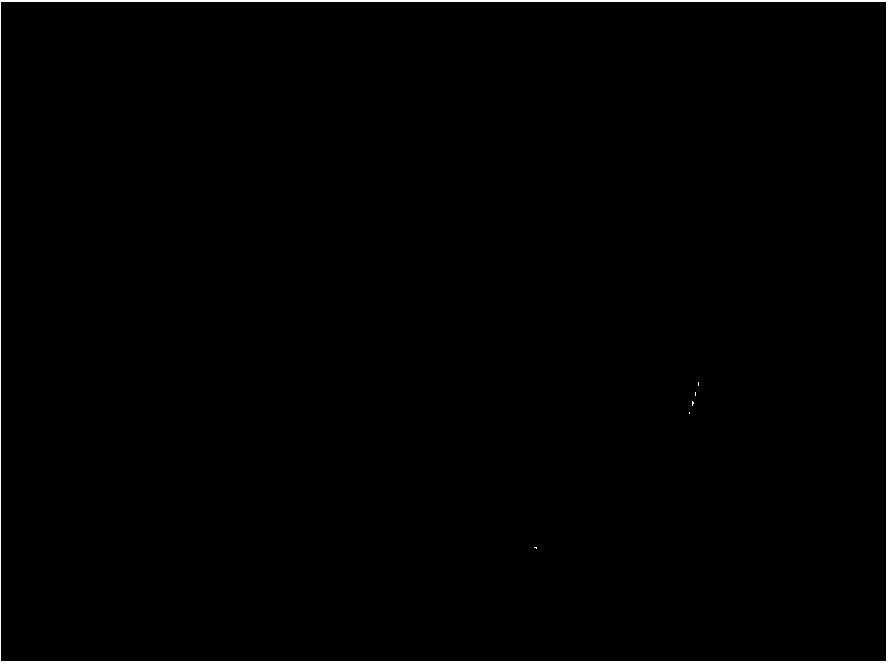Self-adhesive type composite active carbon fiber dressing and preparation method thereof
A technology of composite activated carbon and activated carbon fiber, which is applied in medical science, bandages, absorbent pads, etc., to achieve the effects of poor liquid absorption, high liquid absorption performance, and accelerated wound healing
- Summary
- Abstract
- Description
- Claims
- Application Information
AI Technical Summary
Problems solved by technology
Method used
Image
Examples
Embodiment 1
[0021] Prepare an aqueous solution of ethylene glycol with a volume ratio of ethylene glycol to water of 1:5, add 10g of nano-zinc acetate to 40g of aqueous ethylene glycol, and disperse it evenly in the solution to obtain the concentration of the metal ion compound Be the ethylene glycol solution containing zinc acetate of 20wt%, activated carbon fiber adopts the viscose-based activated carbon fiber non-woven fabric, and the ethylene glycol solution containing zinc acetate is sprayed on the viscose-based activated carbon fiber non-woven fabric of 80g with a sprayer, Then dry at 50°C to prepare a viscose-based composite activated carbon fiber nonwoven fabric with a mass ratio of zinc acetate to activated carbon fiber of 1:8.
[0022] After mixing tea polyphenols and chitosan with a mass ratio of 1:10, the conventional wet spinning process is used to prepare composite chitosan fibers containing tea polyphenols, and then manufactured according to conventional non-woven fabrics T...
Embodiment 2
[0030] Referring to Example 1, the pitch-based composite activated carbon fiber non-woven fabric of 1:10 and the composite chitosan fiber non-woven fabric of 1:12 for the preparation of tea polyphenols and chitosan mass ratio are Spun and cut into shapes respectively.
[0031] The mass ratio of sulfadiazine silver to activated carbon fiber is 1:10 of pitch-based composite activated carbon fiber non-woven fabric with the chitosan fiber non-woven fabric of tea polyphenol and chitosan mass ratio of 1:12 according to the activated carbon fiber cloth. Above, the chitosan nonwoven fabric was placed in a desiccator in the order below, reacted at 80°C for 1 hour, and then taken out to obtain a self-adhesive composite activated carbon fiber dressing. And carried out performance test to this composite activated carbon fiber dressing:
[0032] Take 0.5g of composite chitosan fiber, completely immerse in purified water, let it stand for 2min, take it out, put it flat on the Buchner funne...
Embodiment 3
[0034] Referring to Example 1, the PAN base composite activated carbon fiber nonwoven fabric of 1:10 and the composite chitosan fiber nonwoven fabric of 1:15 for the preparation of tea polyphenols and chitosan mass ratio by the mass ratio of zinc oxide and activated carbon fiber Cloth, and cut into shape separately.
[0035] The mass ratio of zinc oxide and activated carbon fiber is 1:10 PAN-based composite activated carbon fiber non-woven fabric and the chitosan fiber non-woven fabric with tea polyphenols and chitosan mass ratio is 1:15 according to the activated carbon fiber cloth. , the chitosan non-woven fabric was placed in a desiccator in the following order, reacted at 60°C for 1.3h, and then taken out to obtain a self-adhesive composite activated carbon fiber dressing.
[0036] The composite activated carbon fiber dressing prepared under the above conditions was applied to the patient's wound and removed after one day. It was found that the dressing did not adhere to t...
PUM
| Property | Measurement | Unit |
|---|---|---|
| Thickness | aaaaa | aaaaa |
Abstract
Description
Claims
Application Information
 Login to View More
Login to View More - R&D
- Intellectual Property
- Life Sciences
- Materials
- Tech Scout
- Unparalleled Data Quality
- Higher Quality Content
- 60% Fewer Hallucinations
Browse by: Latest US Patents, China's latest patents, Technical Efficacy Thesaurus, Application Domain, Technology Topic, Popular Technical Reports.
© 2025 PatSnap. All rights reserved.Legal|Privacy policy|Modern Slavery Act Transparency Statement|Sitemap|About US| Contact US: help@patsnap.com



